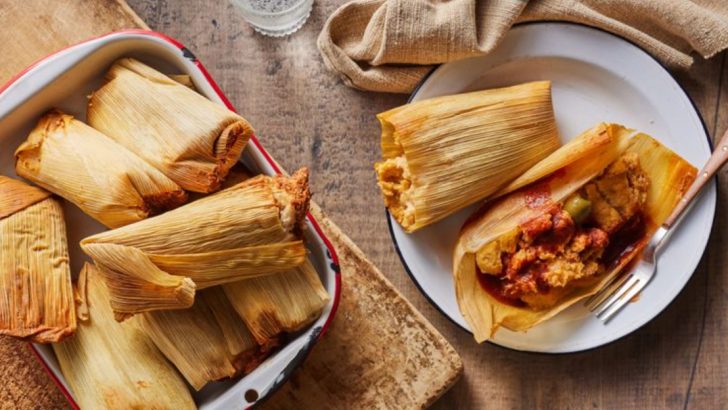Wrapping food in leaves is a global tradition rooted in ingenuity, flavor, and celebration. Across continents and cultures, leaves like banana, grape, and lotus become natural cooking tools—adding aroma, keeping ingredients tender, and turning meals into gifts to be unwrapped.
These 15 iconic dishes show just how deliciously diverse this practice can be. From steamy bundles in Mexico to rolled leaves in India, each bite tells a story of place, people, and pride.
1. Tamales

From Mexico, tamales are made by spreading soft corn masa over corn husks or banana leaves and filling them with meats, cheese, or chilies. The bundles are steamed until firm and fragrant.
A holiday essential and street food staple, tamales vary by region—from sweet pineapple versions in Oaxaca to mole-stuffed tamales in Puebla. The leaf not only holds everything together but adds an earthy scent to the masa.
2. Dolma

Popular in Turkey, Lebanon, Greece, and beyond, dolmas are grape leaves rolled around rice, pine nuts, herbs, and sometimes ground meat. They’re simmered gently in olive oil and lemon.
Each bite is tangy, herbaceous, and full of layered textures. Dolma is a classic of the Eastern Mediterranean table, where it’s served warm or cold as part of mezze spreads.
3. Nasi Lemak

A beloved breakfast in Malaysia, nasi lemak features coconut rice bundled in banana leaf alongside sambal, egg, peanuts, and anchovies. The leaf keeps it fragrant and easy to transport.
Found everywhere from street stalls to fancy cafés, its sweet, savory, and spicy elements reflect Malaysia’s rich culinary fusion. Unwrapping one is like opening a complete tropical meal.
4. Laulau
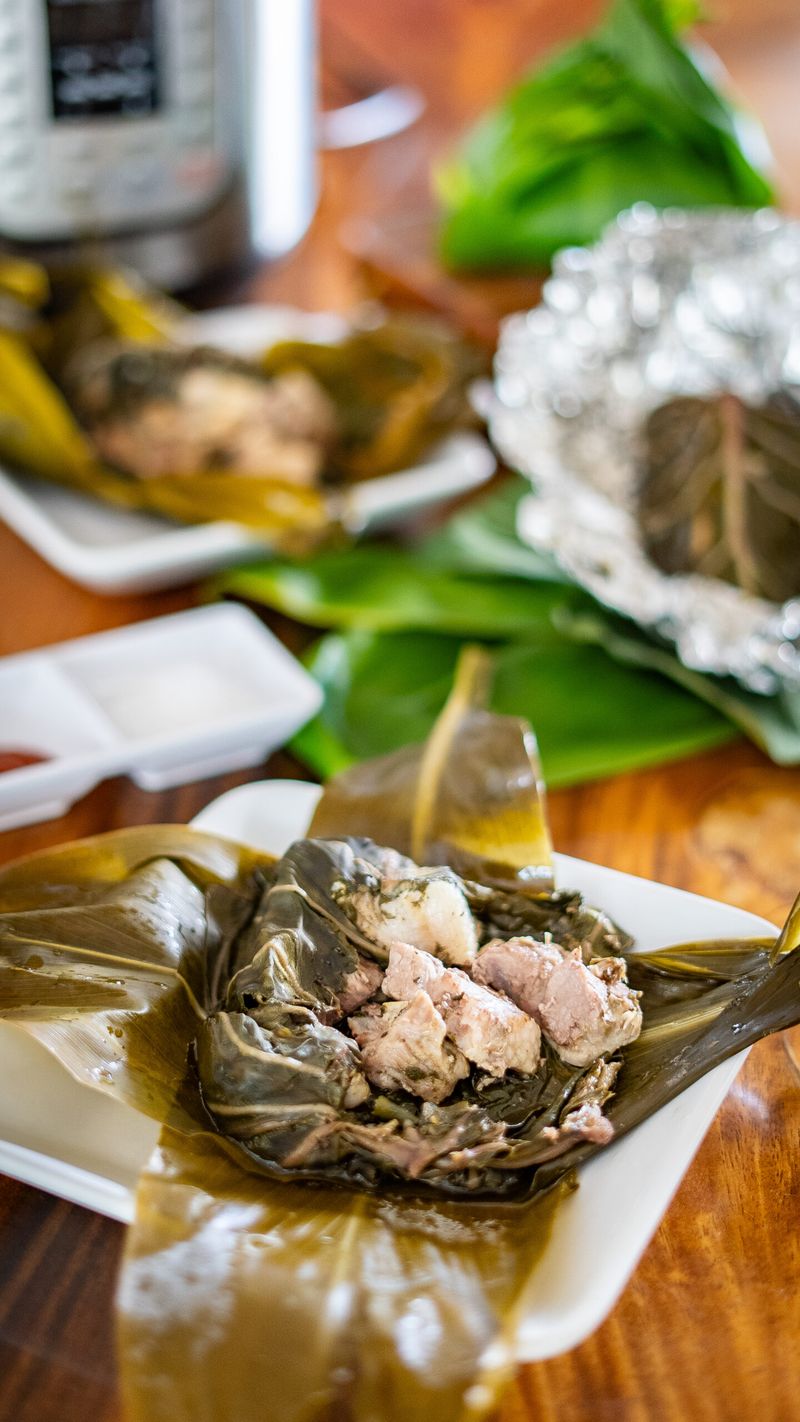
Hailing from Hawaii, laulau wraps pork, salted fish, and sometimes chicken in taro leaves and steams them underground in an imu. The result is tender, smoky, and deeply flavorful.
A fixture of Hawaiian feasts and luau traditions, laulau speaks to indigenous Pacific Island cooking, where leaf-wrapping is both functional and ceremonial.
5. Zongzi
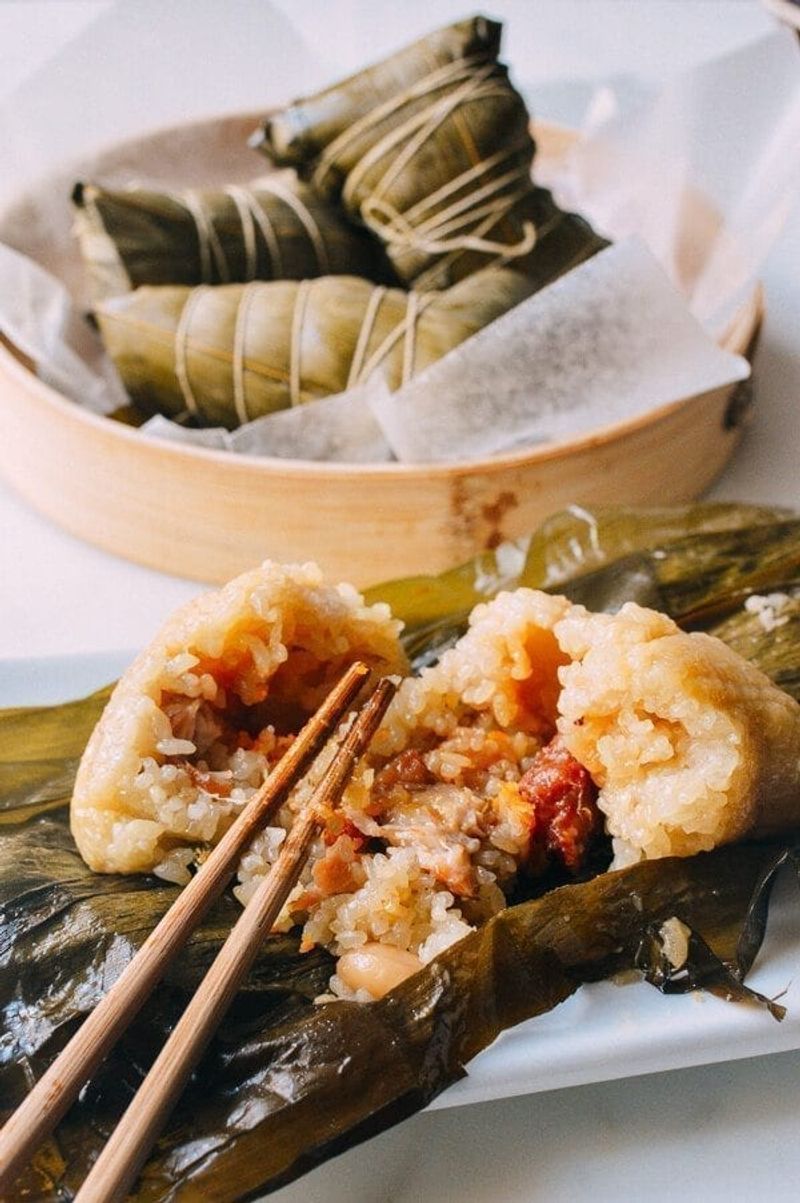
In China, zongzi are sticky rice dumplings wrapped in bamboo leaves and tied with string, often eaten during the Dragon Boat Festival. Fillings range from pork belly to red bean paste.
The bamboo imparts a grassy, slightly sweet aroma. Triangular or rectangular depending on the region, zongzi are both a festive food and a culinary art.
6. Hallaca
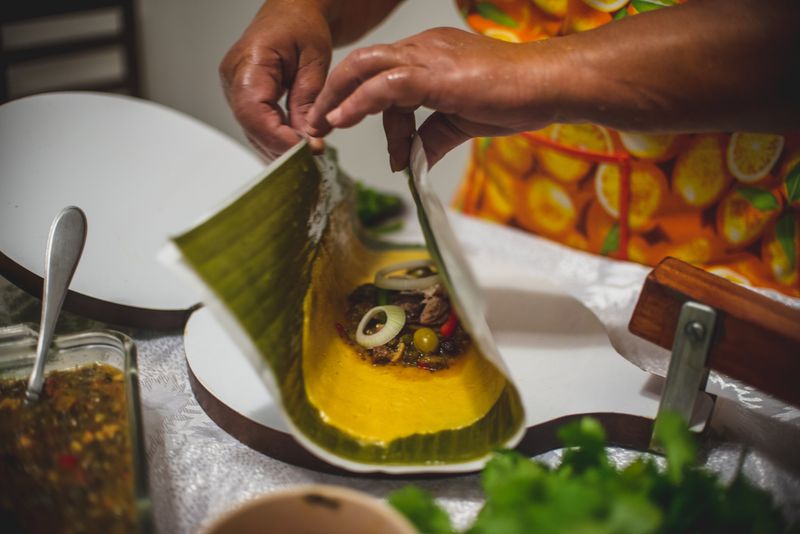
A cherished Christmas dish in Venezuela, hallacas feature corn dough filled with stewed meat, raisins, olives, and capers, wrapped in plantain leaves and boiled.
It’s a labor of love made in large batches by families during the holidays. The plantain leaf adds a mild smoky flavor to the sweet-savory filling.
7. Lemper

Lemper is an Indonesian snack where sticky rice is filled with spiced chicken or beef, then wrapped in banana leaves and grilled or steamed. It’s chewy, compact, and incredibly aromatic.
Found at weddings and street markets alike, lemper represents Indonesia’s love for layered flavors and portable bites, all held together by the humble banana leaf.
8. Nikuman Wrapped In Lotus Leaf
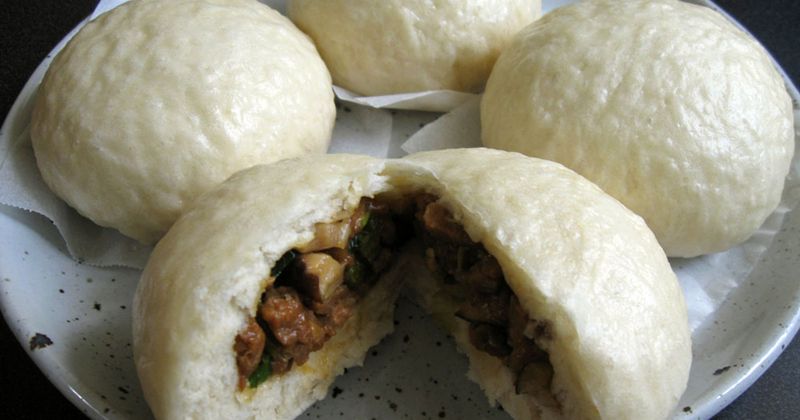
Popular in dim sum across China and occasionally in Japan, these fluffy pork buns are wrapped in lotus leaves before steaming. The leaf adds a soft, floral scent.
Though not always eaten with the leaf, its presence elevates the experience. It’s especially used for celebratory meals, adding a traditional touch to modern flavors.
9. Pamonha
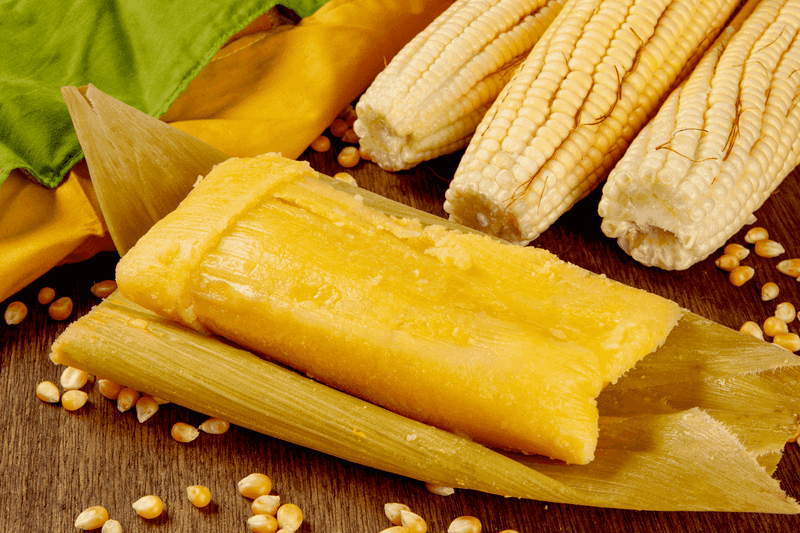
From Brazil, pamonha is a thick corn paste folded into fresh corn husks and steamed. Versions can be sweet with coconut or savory with cheese and sausage.
Often sold at roadside stalls or during Festa Junina, pamonha is creamy and comforting. The husk gives it a rustic look and subtle earthy flavor.
10. Sarma
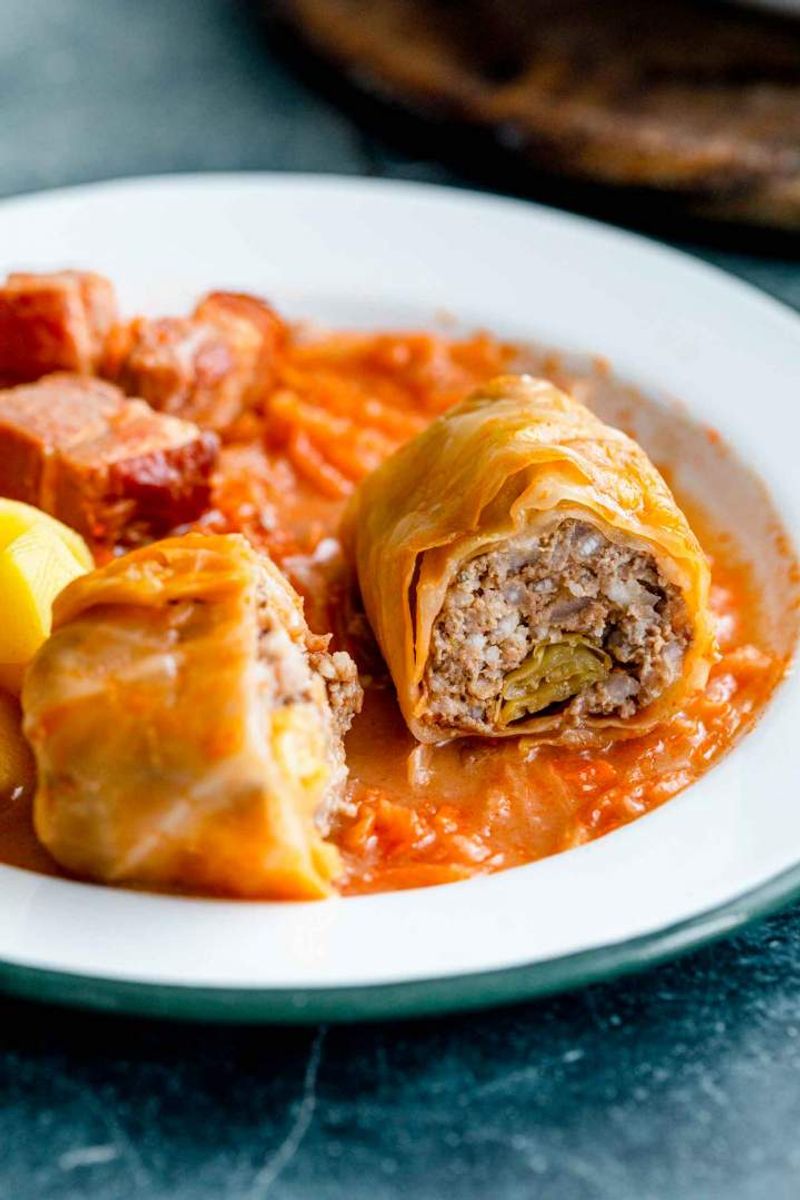
Sarma, common in Serbia, Bosnia, and Romania, features cabbage leaves wrapped around a mixture of minced meat, rice, and spices. The rolls are slow-cooked in broth or tomato sauce.
This winter comfort food is tangy, tender, and rich with tradition. It’s often served at family gatherings or religious feasts, especially during holidays.
11. Lihing-Wrapped Sticky Rice
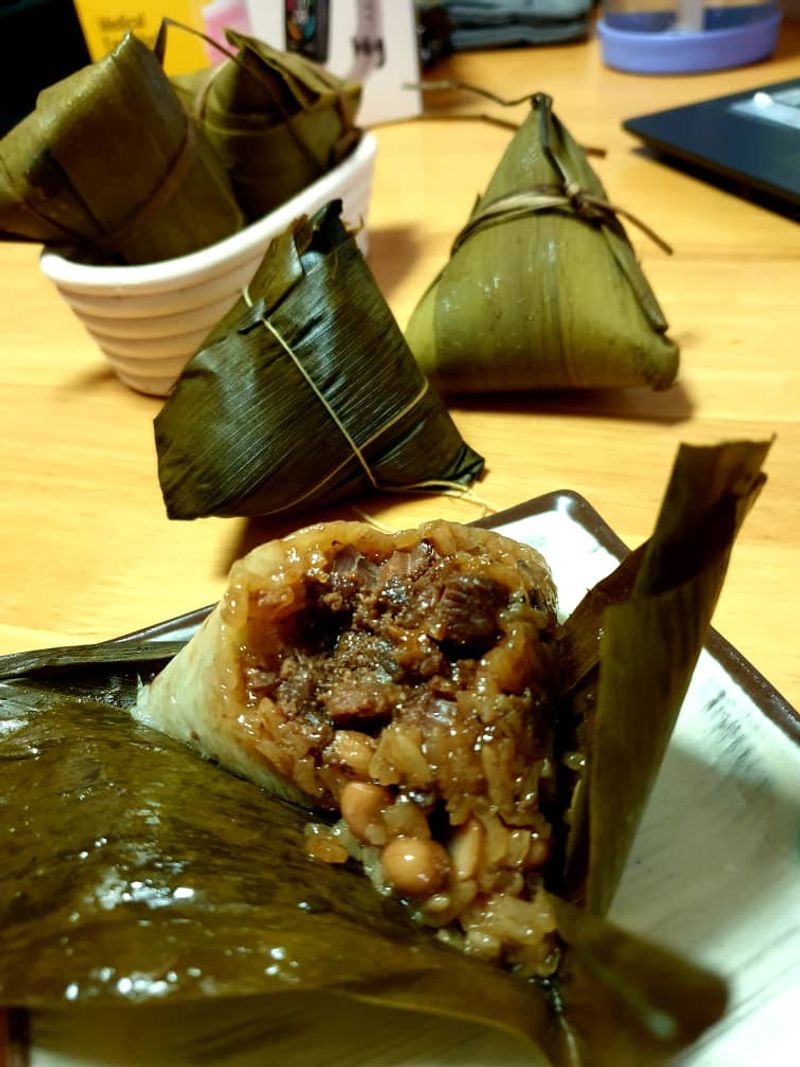
In Sabah, on the island of Borneo, glutinous rice is flavored with lihing—a local fermented rice wine—and wrapped in leaves for steaming. It’s earthy, sweet, and slightly boozy.
This indigenous dish reflects Kadazan-Dusun heritage and is typically served at festivals or special occasions. The leaf helps keep the rice moist and subtly infuses it with aroma.
12. Otai
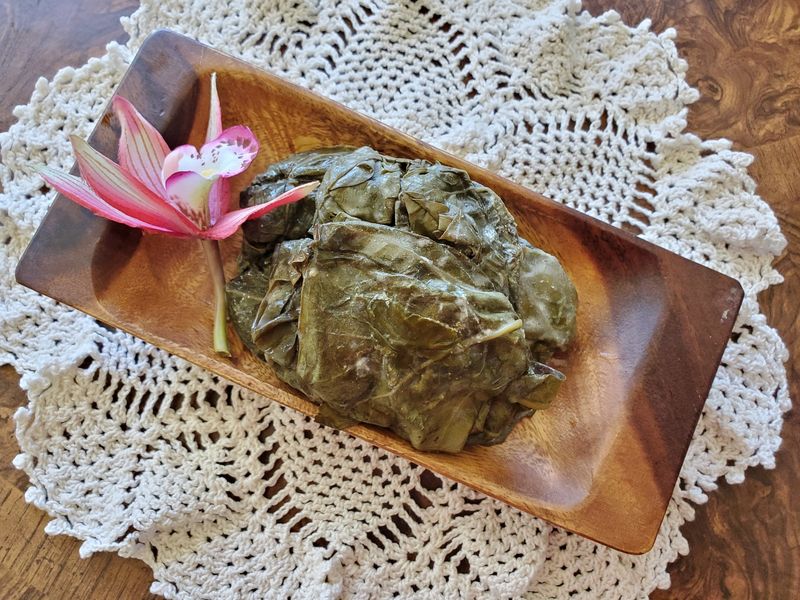
In Tonga and across Polynesia, otai sometimes refers to a leaf-wrapped dish where root vegetables like yam are mixed with coconut milk and baked in banana or taro leaves.
Traditionally cooked in an underground oven, this preparation yields a soft, smoky, and rich result. It’s as much a cultural ritual as it is a meal.
13. Moin-Moin

A West African staple from Nigeria, moin-moin is a steamed bean pudding made with blended black-eyed peas, peppers, and onions. It’s often cooked in banana or Uma leaves.
The leaf keeps the custard-like dish intact and adds gentle sweetness. Moin-moin is served with rice, bread, or fish and is beloved across the country.
14. Chiles Rellenos De Plátano
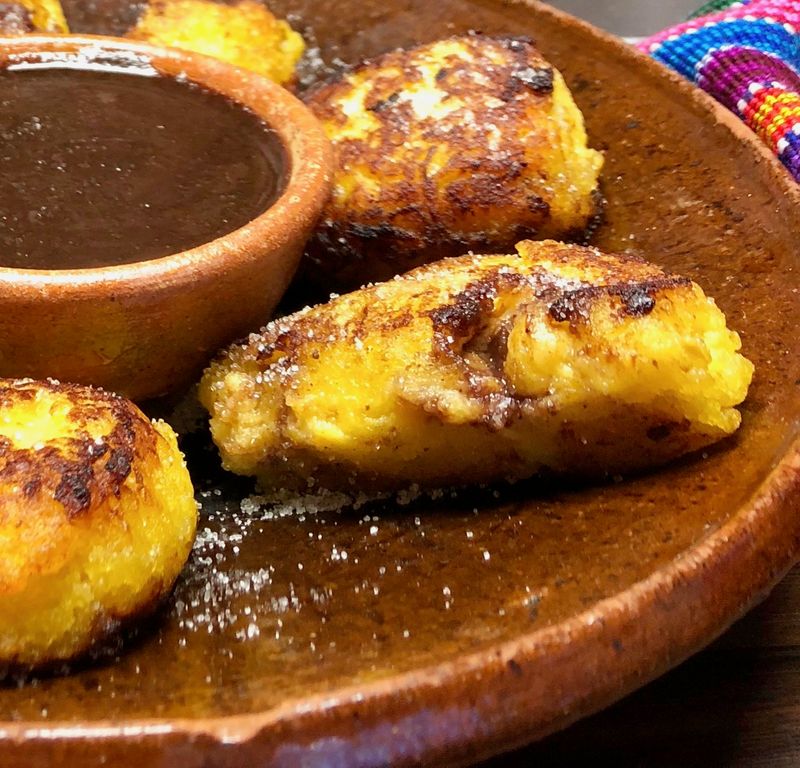
This Guatemalan dish wraps mashed plantains filled with cheese or ground meat in banana leaves before steaming. The result is soft, sweet, and savory all at once.
A variation on classic stuffed peppers, this version brings together tropical flavors and Mayan cooking traditions. The leaf seals in moisture and lends gentle perfume.
15. Patra

Patra, from Gujarat in western India, features colocasia (taro) leaves smeared with a spiced chickpea flour paste. The leaves are rolled, steamed, and often sliced and pan-fried.
Each pinwheel has layers of tangy, nutty, and herbaceous flavor. A popular snack at festivals and homes, patra shows the artistry of Indian vegetarian cooking wrapped in edible foliage.

